Billy the Kid

Billy the Kid was one of the most notorious and infamous outlaws the Wild West ever saw. And all this despite the fact that he was killed at the young age of 21. Orphaned at the age of 15, Billy was first arrested at age 16 for stealing food, but he would go on to commit much more serious crimes--like the death of eight people.
Billy the Kid's crimes were extensive enough that he became one of the most wanted criminals of the time. He was captured by Sheriff Pat Garrett and eventually killed after escaping from prison. After his death, legends grew about him still being alive with some men claiming to be him.
Henry Newton Brown
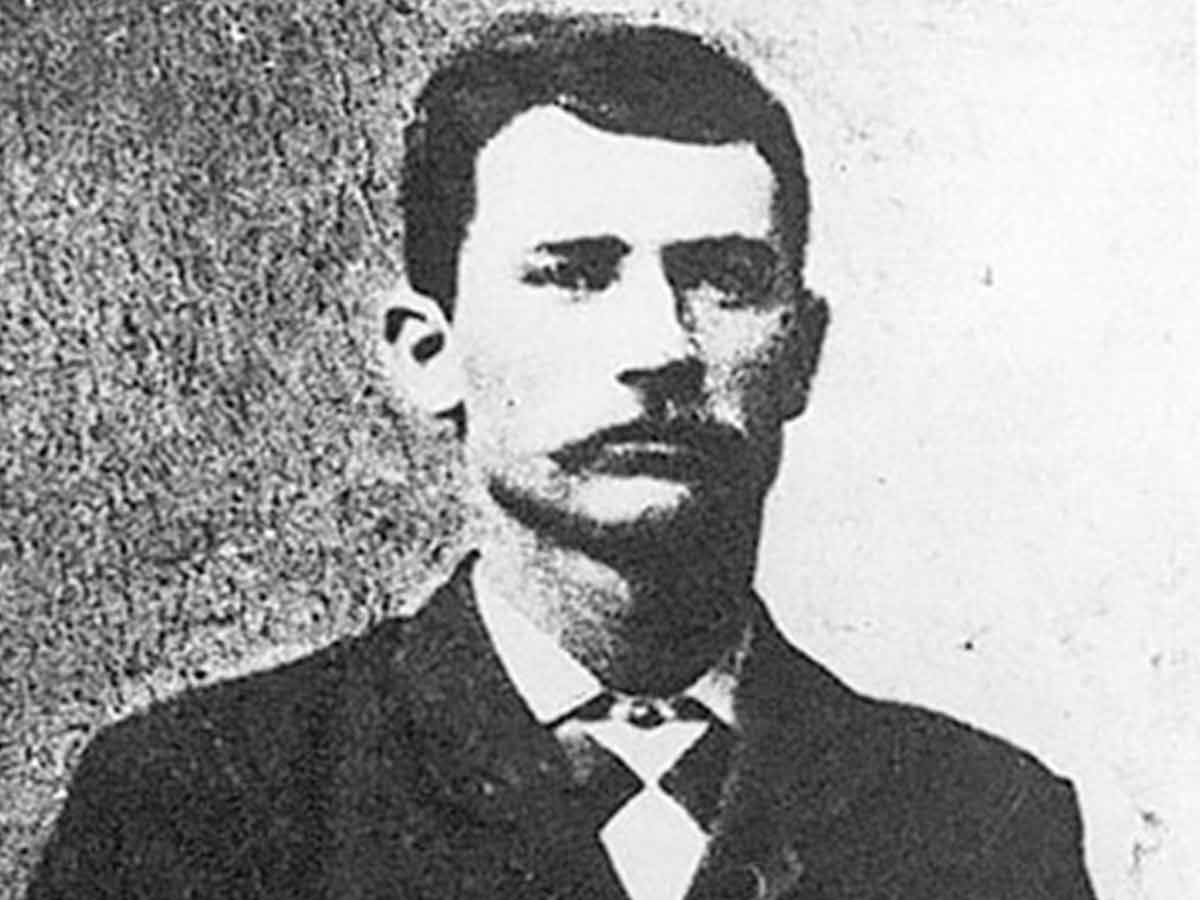
Henry Newton Brown's life story reads like a script straight out of a Wild West drama. Initially gaining notoriety as an outlaw, Brown took a surprising turn, swapping his life of crime for a badge in Caldwell, Kansas, where he served as a town marshal.
His transformation from outlaw to lawman is a fascinating tale of redemption and change. However, the lines between his past and present blurred when his former life caught up with him, leading to a dramatic end. Brown's life encapsulates the complexities and contradictions of the American Frontier, making him a captivating figure in the lore of the Wild West.
Sam Bass
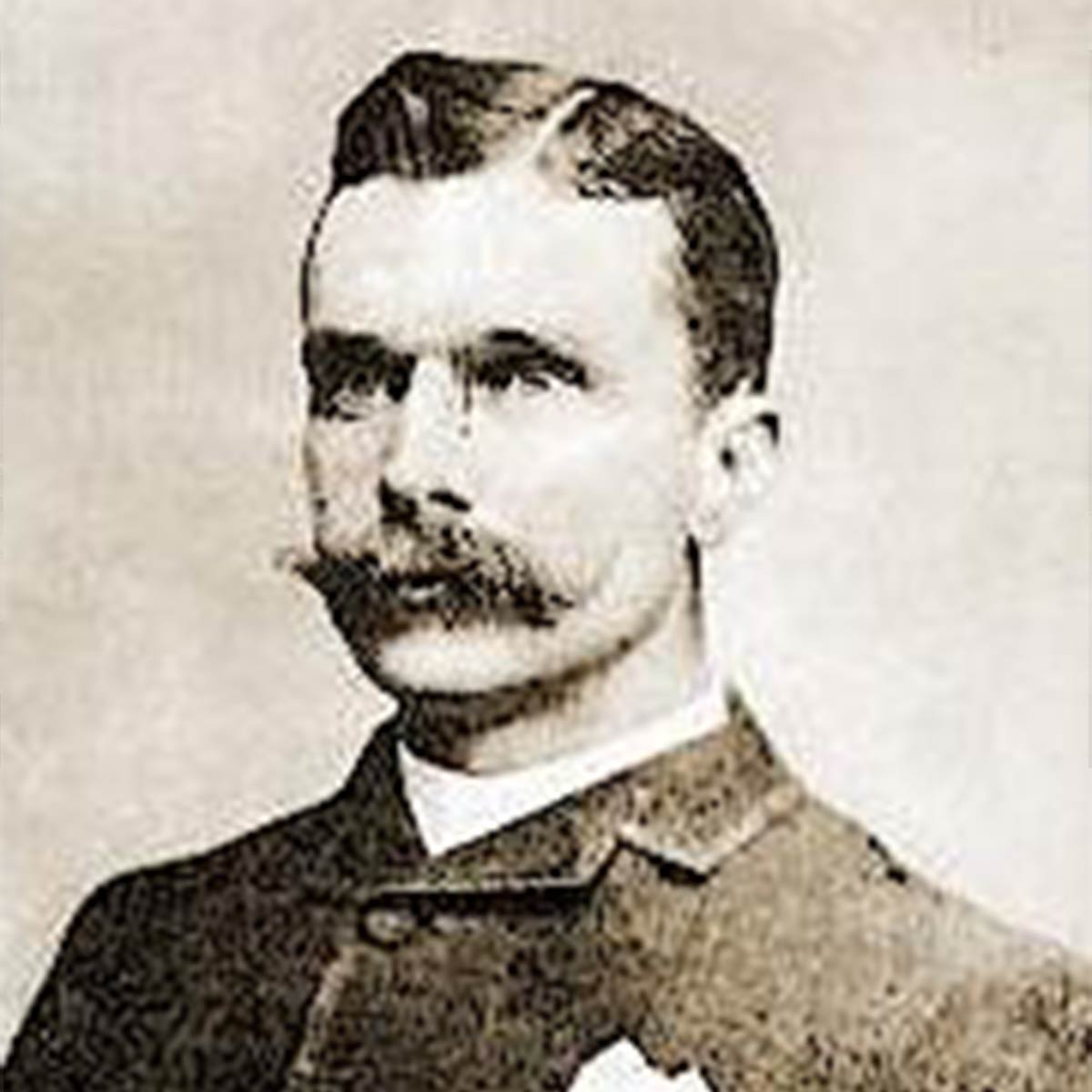
Orphaned at the age of just 13, Sam Bass was an outlaw famous for train robberies in the mid-1800s. At first he attempted an honest living, working at a sawmill, working for Sheriff and wrangling cattle but received very little pay, so he turned to crime to make a quick buck.
Bass was part of a heist that managed to nab $60,000--which would be millions by today’s monetary standards. he then pursued a string of stagecoach robberies but they did not prove as profitable. Bass’s luck eventually ran out entirely, and he was killed in a gunfight with the Texas Rangers after killing a sheriff.
Felipe Espinosa
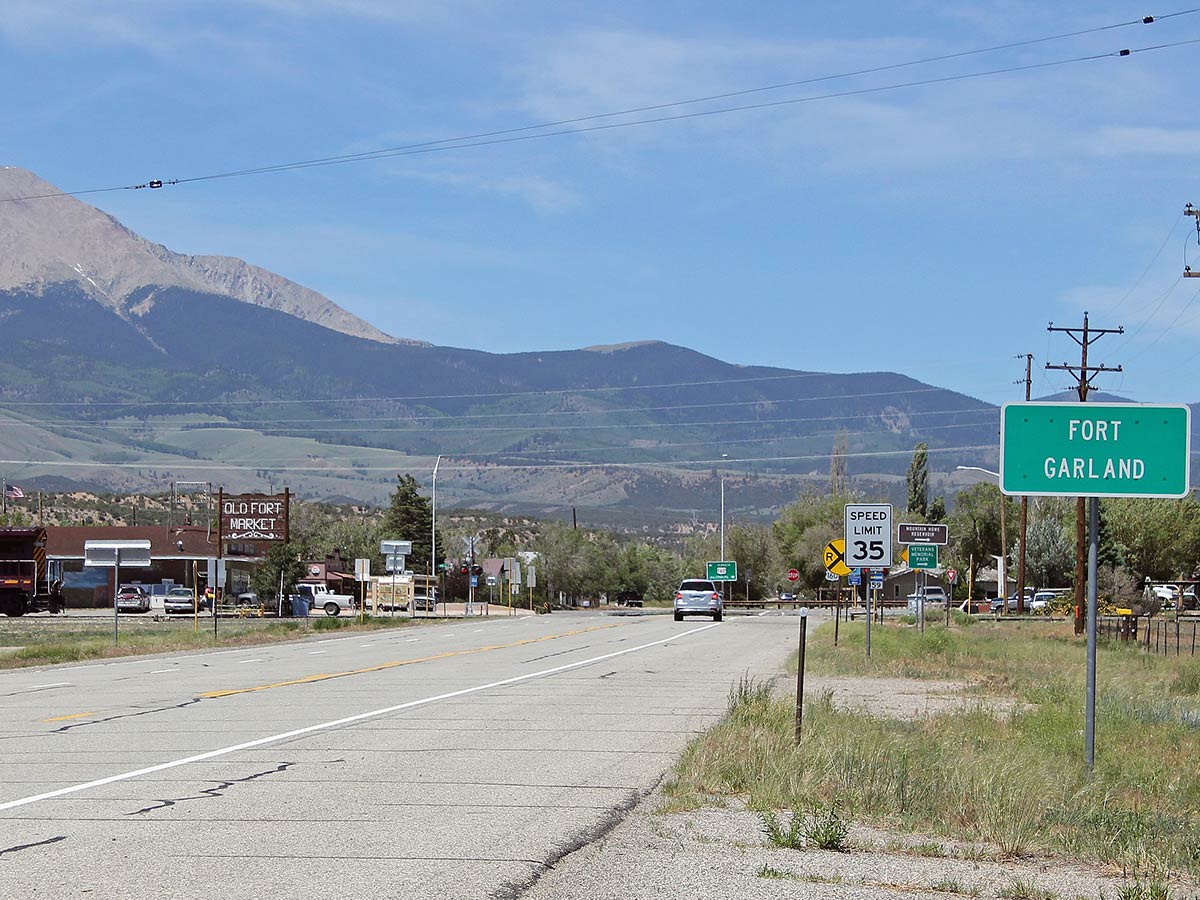
Felipe Espinosa wasn’t just your run-of-the-mill outlaw in the Wild West. He’s widely believed to be one of the first serial killers in American history. It’s said that Espinosa killed over 30 people in what was then the Colorado Territory. However, his motives for doing so have never been completely clear.
The first victim of Felipe Espinosa was found in May 1863 with the body mutilated - his heart cut out of his chest. Espinosa had at one point threatened to kill 600 people if he was not granted property and 5000 acres in Conejos County. Lawmen sought out Espinosa but initially had little success - they eventually caught up to them, but by then, Felipe Espinosa and his brother had already been killed in a gunfight.
Belle Starr
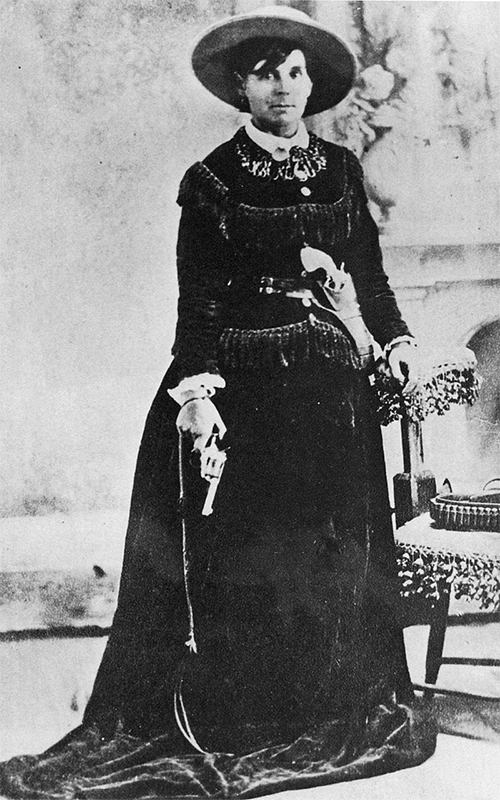
There weren’t nearly as many female outlaws as there were male, but one of the most infamous women has to be Belle Starr. The American outlaw had been convicted of horse theft in 1883 and was an associate of the James-Younger gang. However, she wouldn’t become famous until after her death.
Starr was murdered in 1889, but her death was never solved. At this point, we probably will never know for sure how she died. What is known is that she was riding home from a neighbor's house when it happened. Having been ambushed, she was shot and fell off her horse, and was then shot again.
Hoodoo Brown

Hoodoo Brown was the infamous leader of the Dodge City Gang of outlaws. According to some, Brown was “the baddest cowboy of them all.” As the leader of the Dodge City Gang, Brown oversaw all sorts of criminal activity--from robbery to murder. Like others on this list, no one is really sure how or when Hoodoo Brown died.
Hoodoo Brown was described as a man who was tall and thin with light hair and a mustache. He led numerous stagecoach and train robberies while committing numerous murders. His position as a coroner allowed him to cover up many of their crimes by labeling the killings as being committed in self-defense.
Jesse James

Jesse James was infamous for his robberies, but strangely enough, he garnered quite a bit of public sympathy. However, the real James was not as much of a Robin Hood figure as the public wanted to believe. James would eventually be betrayed by his own gang members. He was shot, unarmed, in his home by fellow outlaw Robert Ford.
Jesse James and brother Frank James started out as Confederate guerilla fighters during the Civil War, and after the war robbed banks, stagecoaches and trains across the Midwest. They became known for the brutality of their crimes much like the ones they had been accused of during the Civil War.
Jim Miller
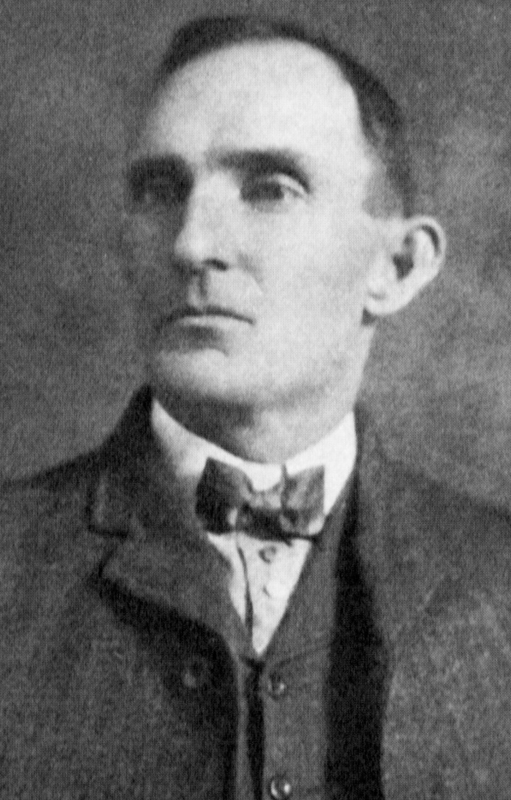
Jim Miller, also known as Killer Miller, was an outlaw that’s alleged to have killed more than 10 people in gunfights. It wasn’t uncommon to hear him referred to as Deacon Jim, either--since he was a regular attendee at the local Methodist Church - as such, he didn't smoke nor drink.
Miller became a contracted killer and was responsible for numerous contracted killings, including, allegedly, the death of Pat Garrett in New Mexico, in 1908. Miller was eventually killed by a lynch mob after being contracted to destroy a local US marshal. His last words before being hung were allegedly, “Let ‘er rip!”
King Fisher
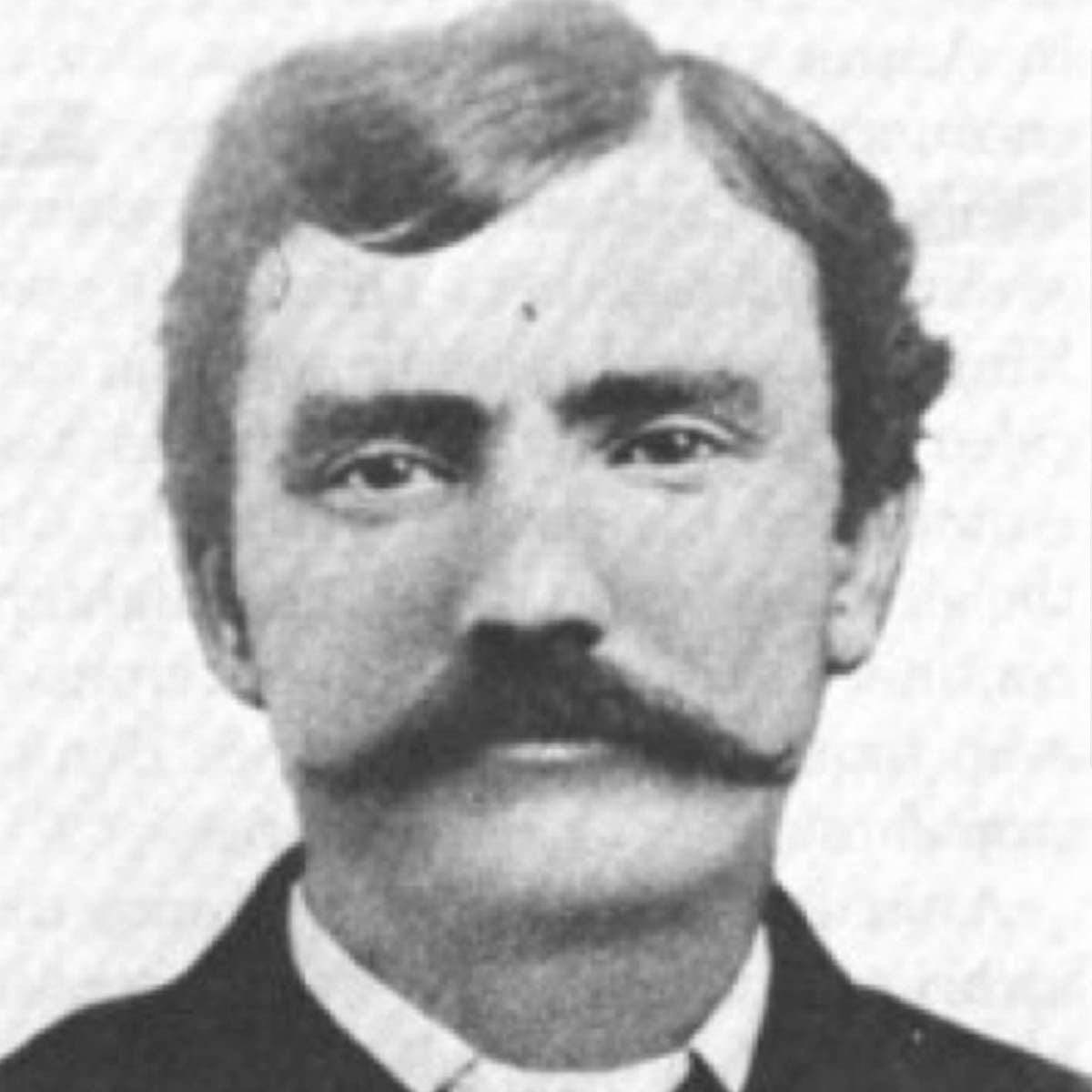
King Fisher was a gunslinger from Texas who didn’t start out as an outlaw, but he eventually found himself becoming one nonetheless. What began as a stint in a posse protecting Texas families and farms from trouble had led him into a life of cattle rustling, gun-slinging, and murder.
By the late 1870s, he had a reputation as for being one of the fastest gunslingers around, having bested four Mexican vaqueros at once. Fisher was arrested for several public altercations but got off every time. However, Fisher finally met his match in a San Antonio theater, where he was killed in a public ambush. His killer was never charged.
Soapy Smith

He might have had a clean-sounding name, but Soapy Smith lived anything but a pure life. He was infamous as a conman in the West, especially for his soap racket, which earned him his nickname. Soapy Smith is said to have led extensive criminal operations in Colorado and Alaska. But his most famous con was his "prize soap racket."
Soapy would sell bars of soap with prize money hidden in some of those bars. People obviously wanted his soap for this reason, but he always managed to ensure that only his men on the racket received the bars with money in them. Soapy Smith ended up getting killed in a shootout at Juneau Wharf in 1898.
Butch Cassidy
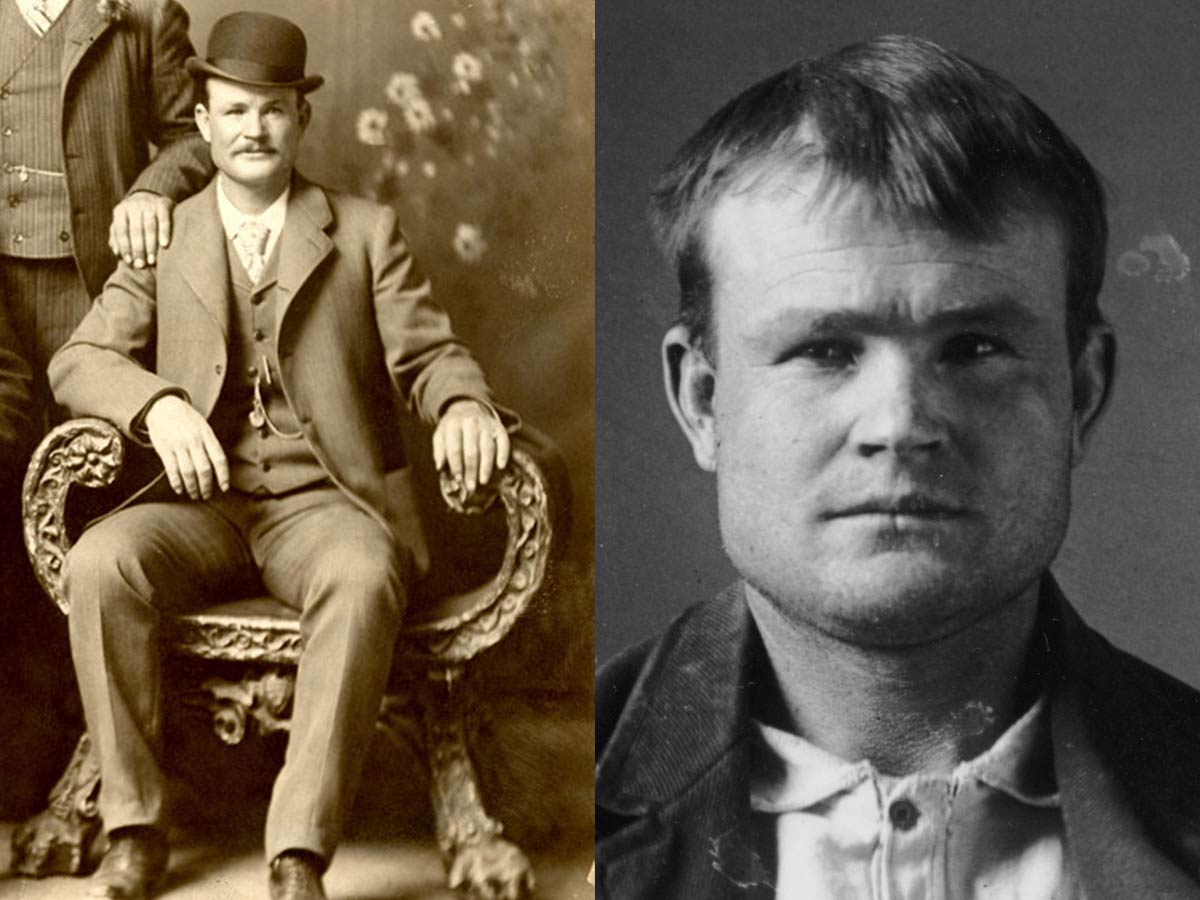
When we think of Butch Cassidy, we picture Paul Newman in the iconic Western film, but Cassidy was a real person--and not a great one, at that. Cassidy led the infamous Wild Bunch gang (not to be confused with the Bill Droolin one) and was famous for numerous bank and train robberies.
Also known as Rober LeRoy Parker, he was responsible for more than a decade of criminal activity and was continuously pursued by the Pinkerton agency, which led him to flee the country. Cassidy was forced to flee to Bolivia, where he died under mysterious circumstances. Both he and his accomplice, Harry Longabaugh - "the Sundance Kid" - were believed to have been killed in a shootout with the Bolivian army in 1908.
The Sundance Kid
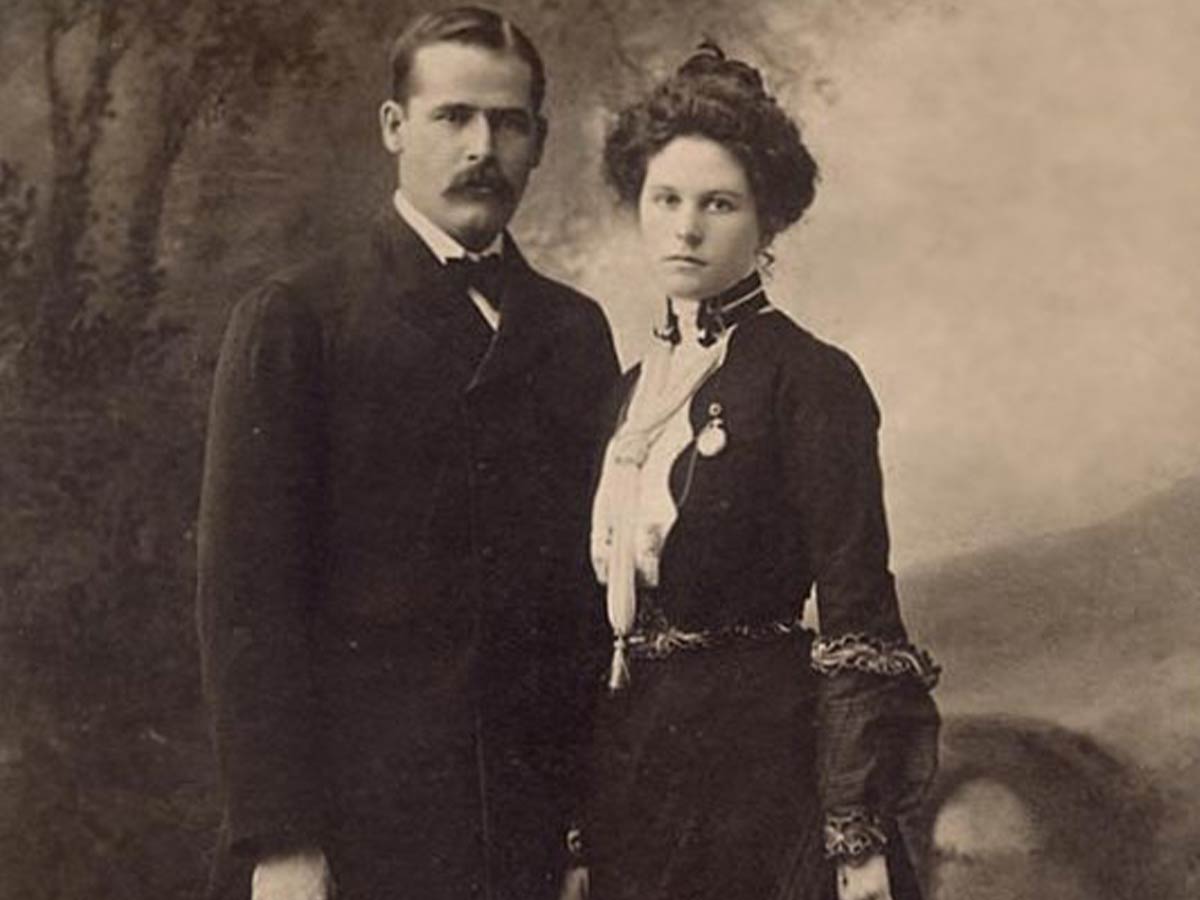
The Sundance Kid was more than just a character Robert Redford played. He was a real outlaw, and part of Butch Cassidy’s gang. The Sundance Kid was part of the gang’s infamous robberies until forced to flee the country, along with Butch Cassidy. The specifics of his death are unknown, but the two were killed while hiding in Bolivia.
It is not known when the Sundance Kid met Butch Cassidy but it is believed to have been after Cassidy was released from prison in 1896. Together they performed the longest string of successful train and bank robberies in history. But like most of the outlaws on the list, the long arm of the law eventually caught up to them.
The Dalton Gang
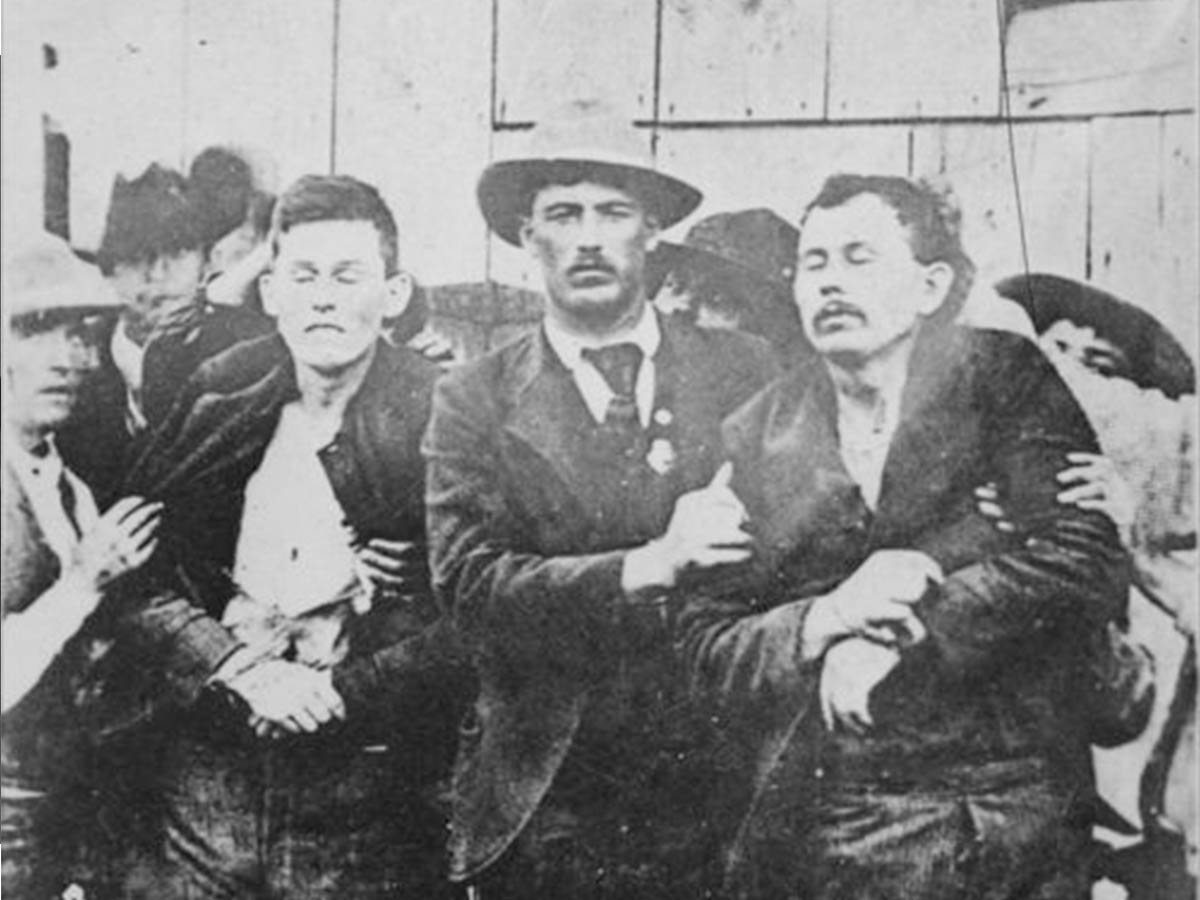
Not everyone in the Dalton Gang was related, but there were enough Daltons in the mix that the name stuck. The Dalton Brothers made up four members of the gang. Like many outlaws, the gang became infamous because of their bank and train robberies including the robbery of the Southern Pacific Railroad.
The gang met its end during a Kansas bank robbery in 1892, after the Coffeyville bank robbery, where two of the Dalton brothers and two other gang members were killed. The surviving member was tried and convicted of the robbery. Bill Dalton had formed a new range with a man named Bill Droolin: the Wild Bunch.
Bonnie and Clyde
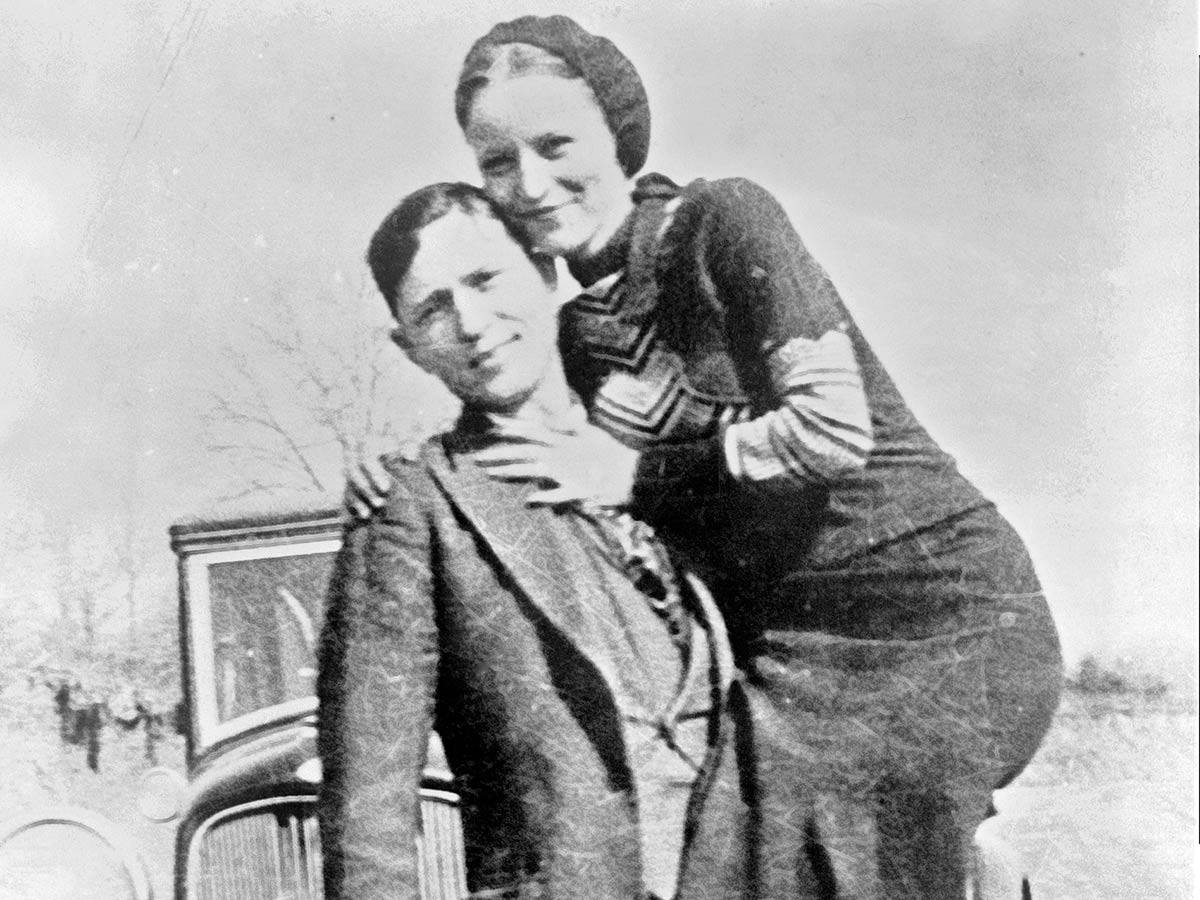
This one is not really the Old West but you can't talk about the most infamous outlaws in history without mentioning them. There’s no outlaw pair that’s more famous than Bonnie and Clyde. While we may romanticize their exploits today, they committed quite a few robberies and are alleged to have killed more than 10 people.
During the Great Depression, they instigated a few bank robberies, but they mostly targeted small stores and funeral homes, so they are hardly the Robin Hood type figures that myths have built them up to be. However, the duo finally met their match in 1934 after a posse of lawmen ambushed them on a rural road.
John Wesley Hardin
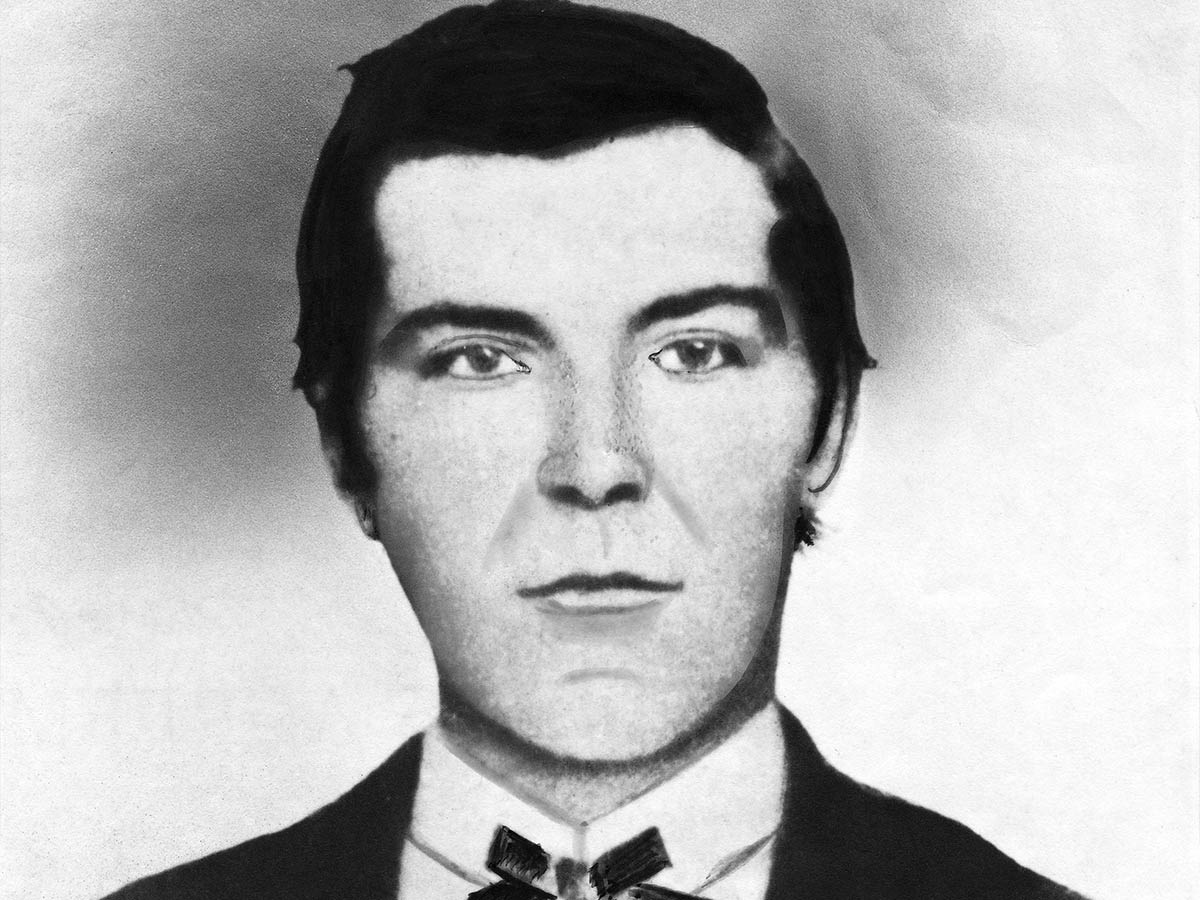
John Wesley Hardin was a killer but no one is sure of his exact body count. In an autobiography, Hardin put the number at 42, but only 27 of those could actually be corroborated. It seems that death wasn’t Hardin’s only problem--he was also prone to wild exaggeration and lies when describing his exploits in his autobiography.
John Wesley Hardin and outlaw and gunfighter who would become a folk icon. He is said to have killed his first man at the ripe young age of 15 but claims he did so in self-defense. At the age of 23, he was sentenced to 24 years in prison for murder. He went to prison, admitting to his crimes, but was released in 1894. Later he was killed, but we'll get to that next...
John Selman

Was John Selman an outlaw? These days, it’s hard to say. Some have described him as an outlaw, while others argue he was actually a lawman keeping the Wild West safe. However, we do know about his involvement with other notorious outlaw, John Wesley Hardin - a man pursued by the law for most of his life.
Selman was the man who murdered John Wesley Hardin, shortly after Hardin had been released from prison. He was killed at the Acme Saloon in El Paso, Texas in 1895. Prior to this, the two had disputed over the arrest of one of Hardin's mistresses for brandishing a weapon. The woman had been arrested by Selman's son, and in response to this, Hardin threatened the young man. Selman then went to confront Hardin and shot him in the back of the head.
Emmanuel Clements
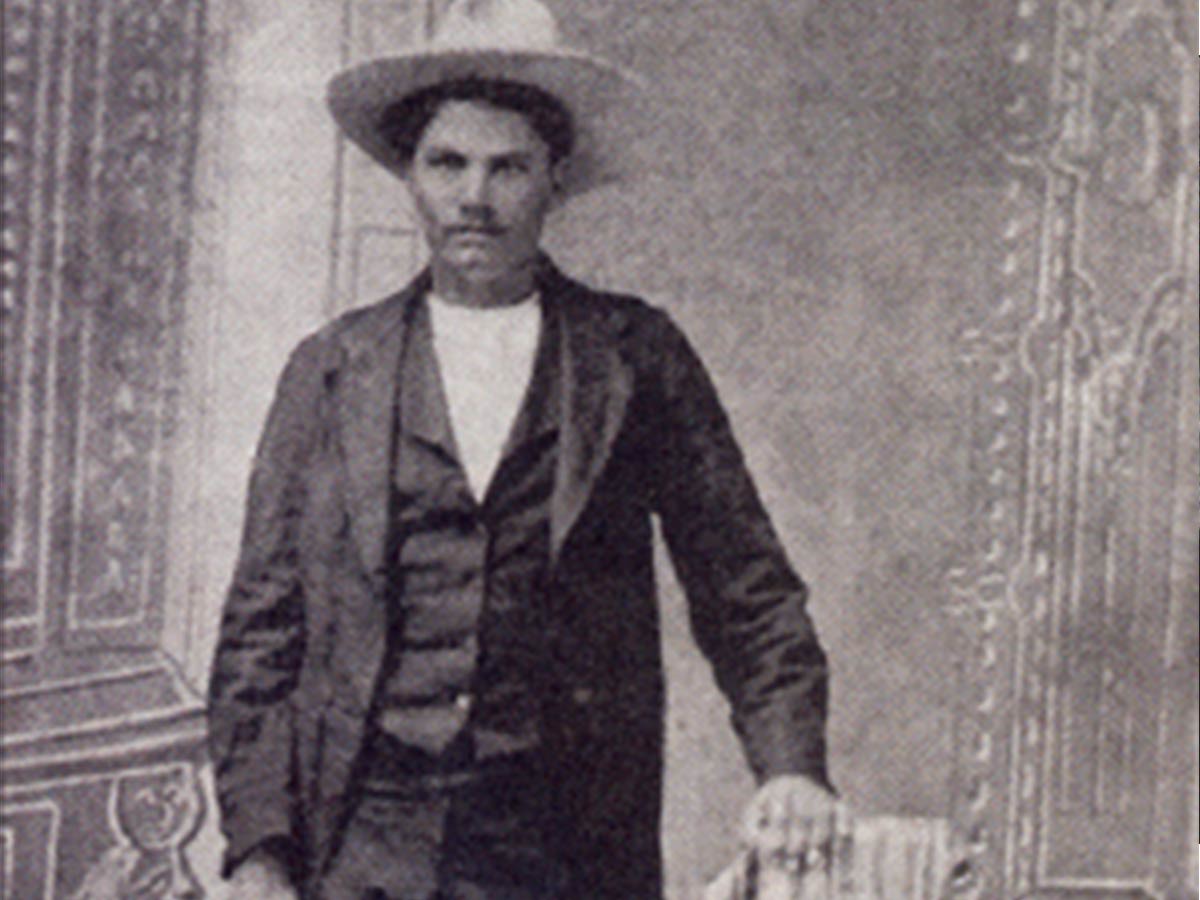
For Emmanuel Clements, breaking the law ran in the family. He was the leader of the Clements family, a group of related and ruthless outlaws. Clements rap sheet ranged from death to cattle rustling, but he did have one crime that was a bit more high profile than the others.
In 1872, Clements helped John Wesley Hardin escape from prison where he was being held for murder. Clements was eventually killed at the Alamo saloon, after some heavy drinking and an altercation involving pistols. The bullet went above Clement's left eye and was immediately killed - a killing said to be in self-defense.
The Newton Gang

The Newton brothers kept it in the family when they became outlaws, and their exploits are some of the most infamous in Wild West History. The gang was most famous for their bank heists, but most, if not all of them, eventually found themselves in legal trouble for their criminal activity.
The Newton Gang was said to be involved in the robbery of over 87 banks and 6 trains. They allegedly earned more in money from these robberies than the Dalton Gang, Butch Cassidy and James-Younger combined. Surprisingly, all the brothers lived into old age and none were murdered for revenge.
Newman Clanton
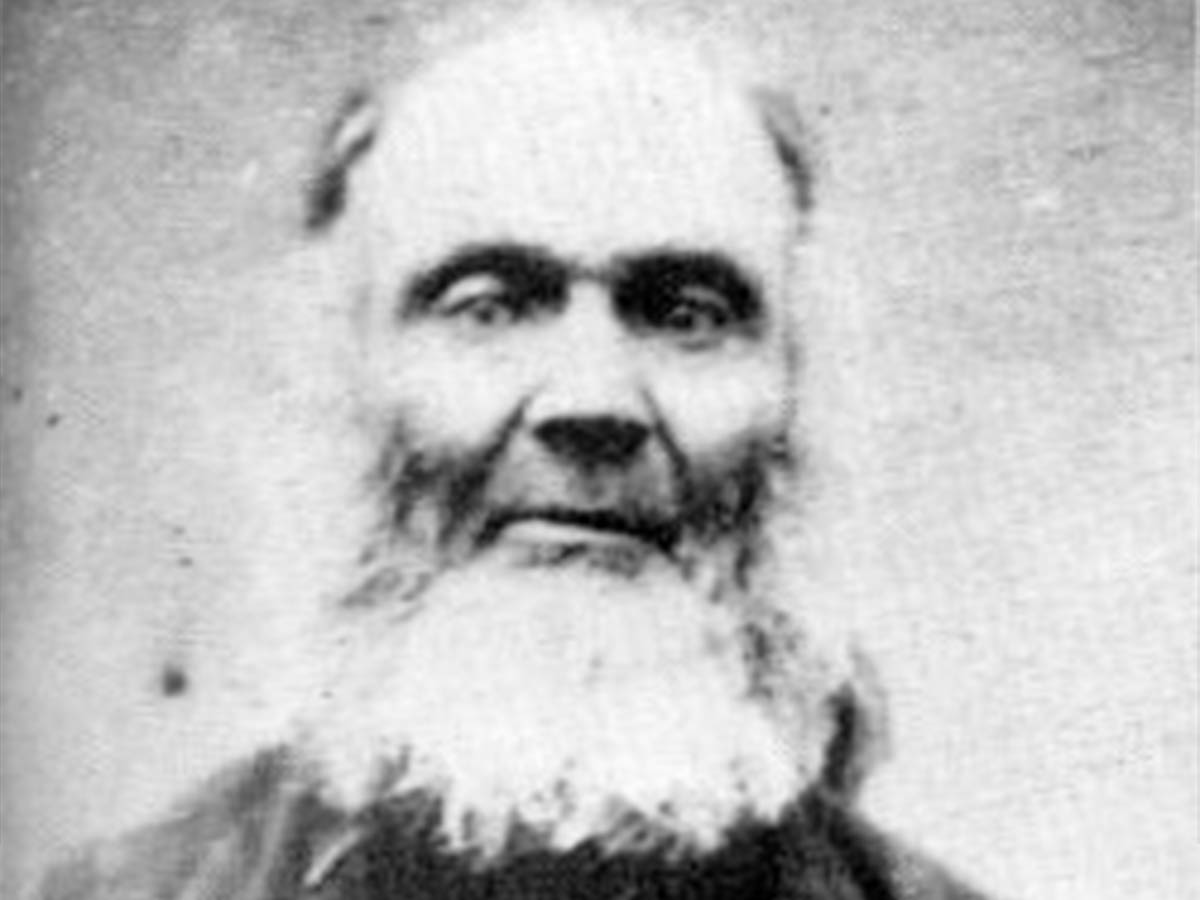
Newman “Old Man” Clanton was an outlaw in his own right, but one of his sons may be even more infamous than him--he was killed at the shootout at O.K. Corral. Newman’s claim to fame was stealing cattle in Mexico and reselling them in the United States. He was later killed by a group of men from Mexico.
Some records have stated that Clanton himself was involved in the Skeleton Canyon of Mexican smugglers. No actions were taken by the Mexican government over the murders but protests over the murders were brought to President Chester Arthur. Mexican Rurales are said to have later ambushed and killed Newman Clanton and a crew of Cowboys - the gang as it was called.
Henry Plummer

People called Henry Plummer an outlaw, but he did not accept the title himself. He was charged with two murders, but he claims they were in self-defense - one of which was a dispute over a woman in a crowded saloon. After escaping justice from those deaths, he remained in exile from the West.
Henry Plummer was known to have killed several men, even if he was only charged with two murders. He was said to belong to a part of a gang called "Innocents." After serving as an elected sheriff in 1863 and 1864, he was arrested and subsequently hanged. His posthumous trial led to a mistrial.
Joaquin Murrieta
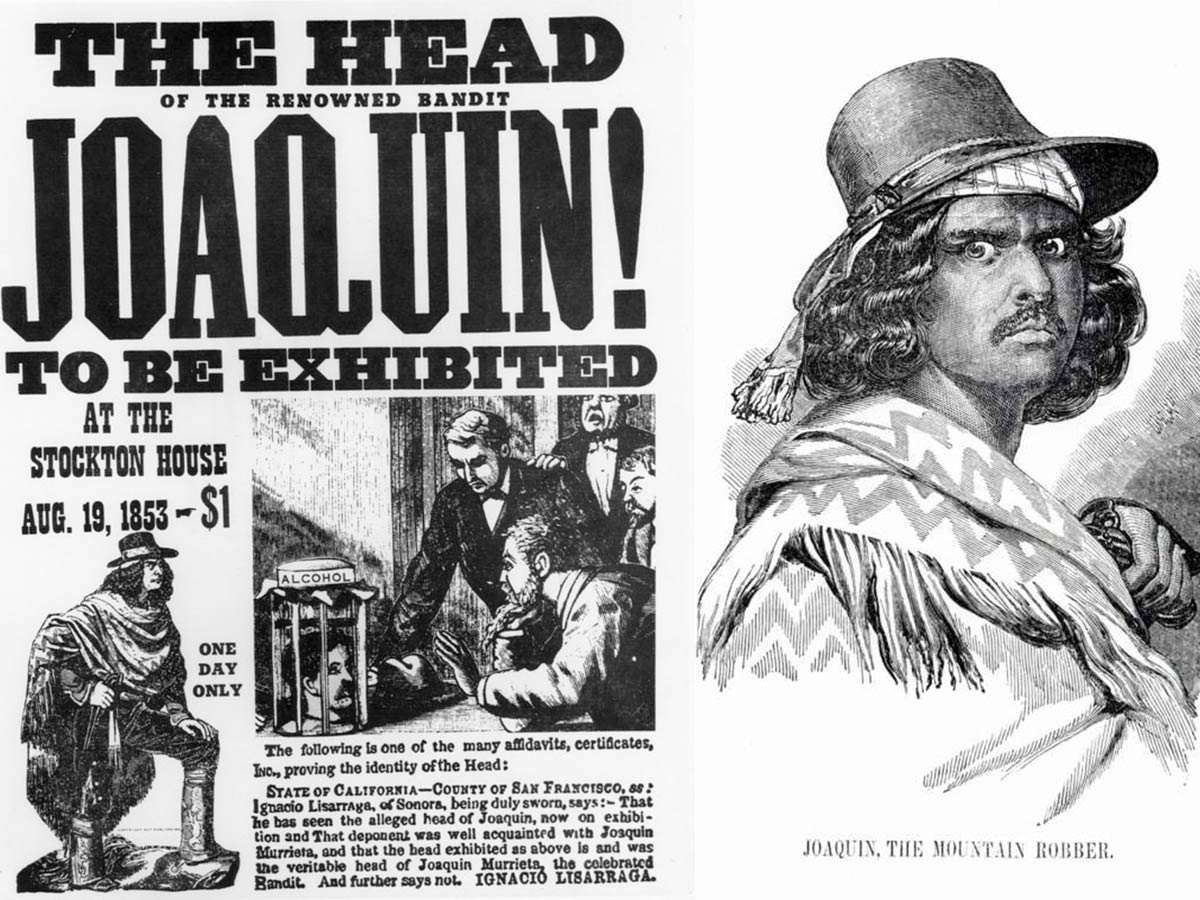
Joaquin Murrieta led probably the most exciting life of any outlaw on this list. There’s only one problem--he probably didn’t exist. This “Robin Hood of El Dorado” became famous after a book of his exploits was published in California. While a real Murrieta may have existed, he probably wasn’t anywhere nearly as interesting as the fictionalized version of himself.
Any evidence of the actual Joaquin Murrieta existing is very scarce. There was one testimony of a horse thief by that name in 1852 but other than that not much is known. But one legend of Murrieta says that he was driven by revenge after being falsely accused of stealing a mule, by his own brother - there are multiple versions of the legend, however.
Rufus Buck

You’ve arrived as an outlaw if you have a gang named after you. And that’s just what happened for Rufus Buck. Rufus managed to assemble a gang of African Americans and Creek indians that went on a rampage of death and mayhem throught Arkansas and Oklahoma. The Rufus Buck Gang consisted of Buck, as well as Lewis Davis, Sam Sampson, Maoma July, and Lucky Davis.
After building a stockpile of weapons in Oklahoma, they carried out the death of U.S. deputy marshall John Garrett in 1895 and began holding up numerous stores and ranches in the area. The gang, including Rufus, was hanged in 1896.
Tom Horn
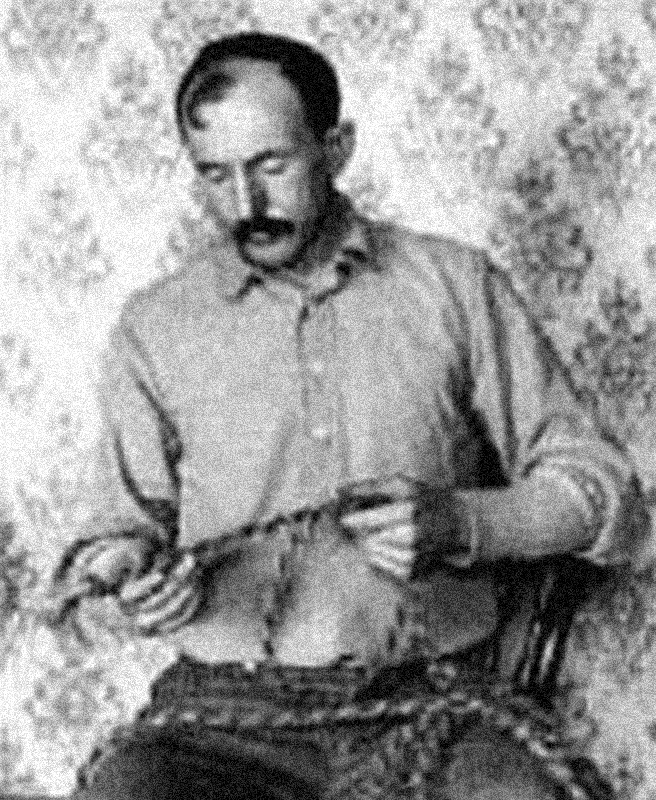
Tom Horn killed at least 17 people in the 1800s--there’s no denying that. But was he an outlaw for that reason? Horn wasn’t killing indiscriminately--he was a hired gunman. An assassin may not be the exact same thing as outlaw but it’s not a title I would want nonetheless. Regardless, of what you want to call it: the man earned his reputation.
Tom Horn was a scout, soldier, cowboy, detective and Pinkerton agent. While 17 of those murders were considered lawful, he was convicted of killing a 14-year-old boy in Iron Mountain, Wyoming. The boy was the son of a cattle rancher who he was in a feud with. Convicted in 1902, he was executed by hanging in Cheyenne Wyoming.
Big Nose George
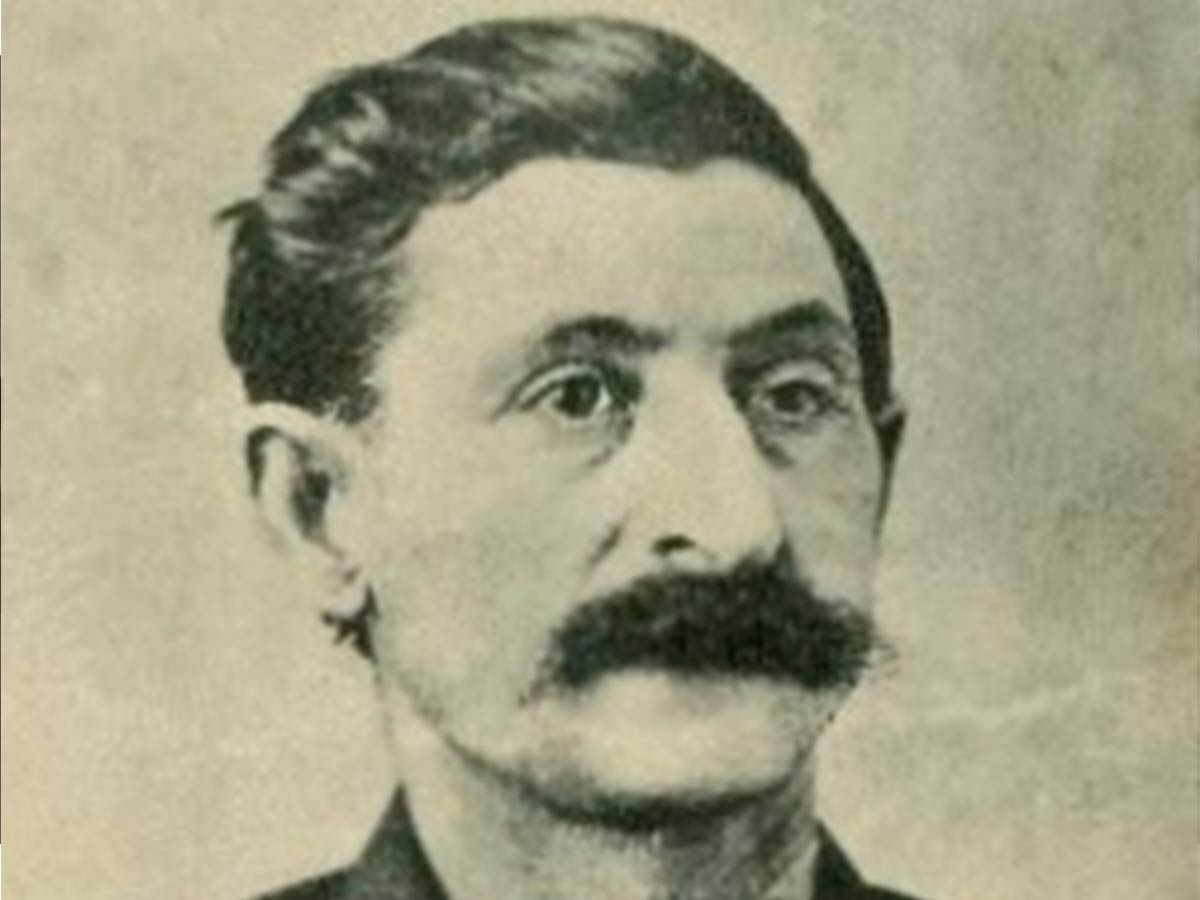
I suppose that outlaws need to have thick skin, but I still wouldn’t appreciate being called “Big Nose” George. At let’s be honest--the name is apt. George was infamous as a thief and cattle rustler, but his story gets really interesting after he was lynched. His skull was turned into an ashtray and his skin was used to make a pair of shoes.
Born as George Parrott, he was a cattle rustler and highwayman in the Wild West. In 1878, he and his gang had murdered two law enforcement officers and there was a $10,000 bounty placed on him which eventually doubled. After carrying out a daring military convoy robbery, they were arrested by two local deputies.
Arkansas Tom Jones
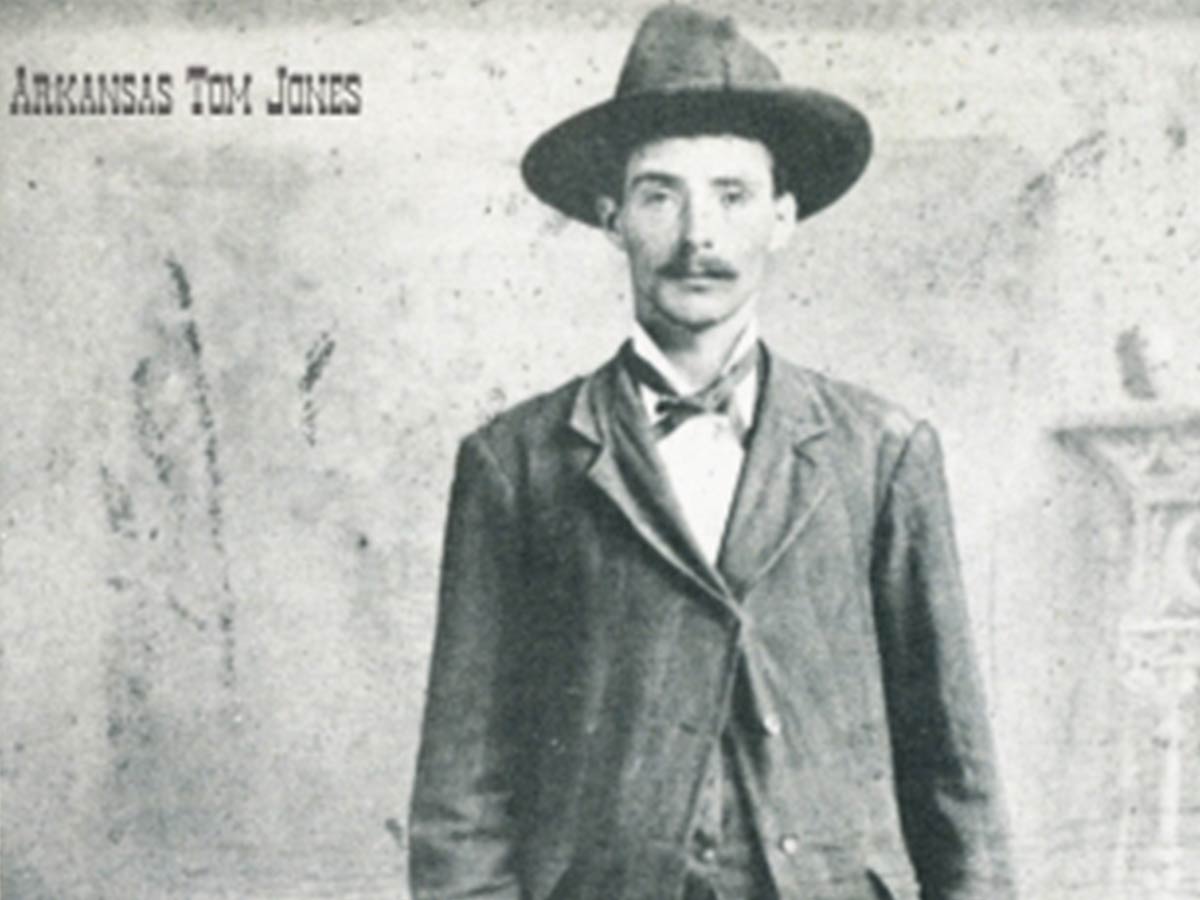
Arkansas Tom Jones was an outlaw and longest-surviving member of the Wild Bunch gang. Also known as Ron Daugherty, he was born to a religious family in Missouri. His brothers became preachers but Daugherty went the other way it seems, leaving Missouri and heading for Oklahoma at 14 years old. He joined the Wild Bunch under Bill Doolin and committed several robberies.
Jones had eventually been sentenced to death but was later paroled, so he tried his luck in Hollywood. When he found that he couldn’t get any roles in Western films, he returned to his roots and robbed a bank. He was later killed by law enforcement after another bank robbery.
Bill Doolin

Bill Doolin, born in 1858 in Arkansas, became one of the American West's most notorious outlaws. As the leader of the Wild Bunch, also known as the Doolin-Dalton Gang, he left an indelible mark on the history of the Oklahoma and Indian Territories through a series of daring bank and train robberies between 1892 and 1895.
Despite his criminal exploits, Doolin's life reads like a classic Western tale, filled with narrow escapes and standoffs. His outlaw career came to a dramatic end when he was killed by a lawman's posse in 1896, closing the chapter on one of the Wild West's most infamous figures.
Apache Kid
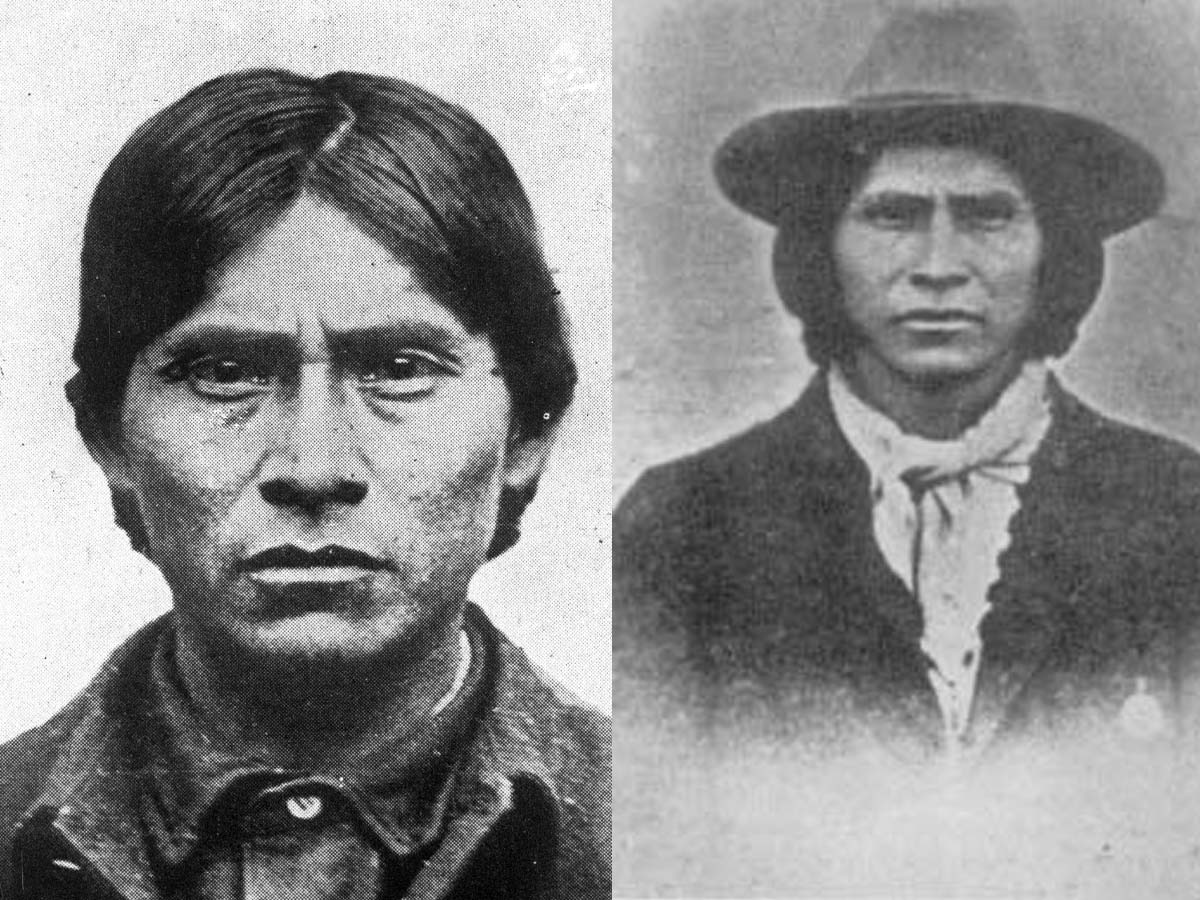
The Apache Kid, born Haskay-bay-nay-ntayl around 1860, is a figure shrouded in the mystique of the American West. Initially serving as a respected scout for the U.S. Army, his life took a dramatic turn towards infamy.
Known for his skills in evasion and survival, the Apache Kid became a legendary outlaw, captivating tales of the late 1800s Southwest. His exploits and the mystery surrounding his fate—disappearing after 1894—have cemented his status as a folk hero. The Apache Kid's story intertwines with the rich tapestry of frontier legends, embodying the complex relationship between settlers and Native Americans during a tumultuous period in history.
Johnny Ringo
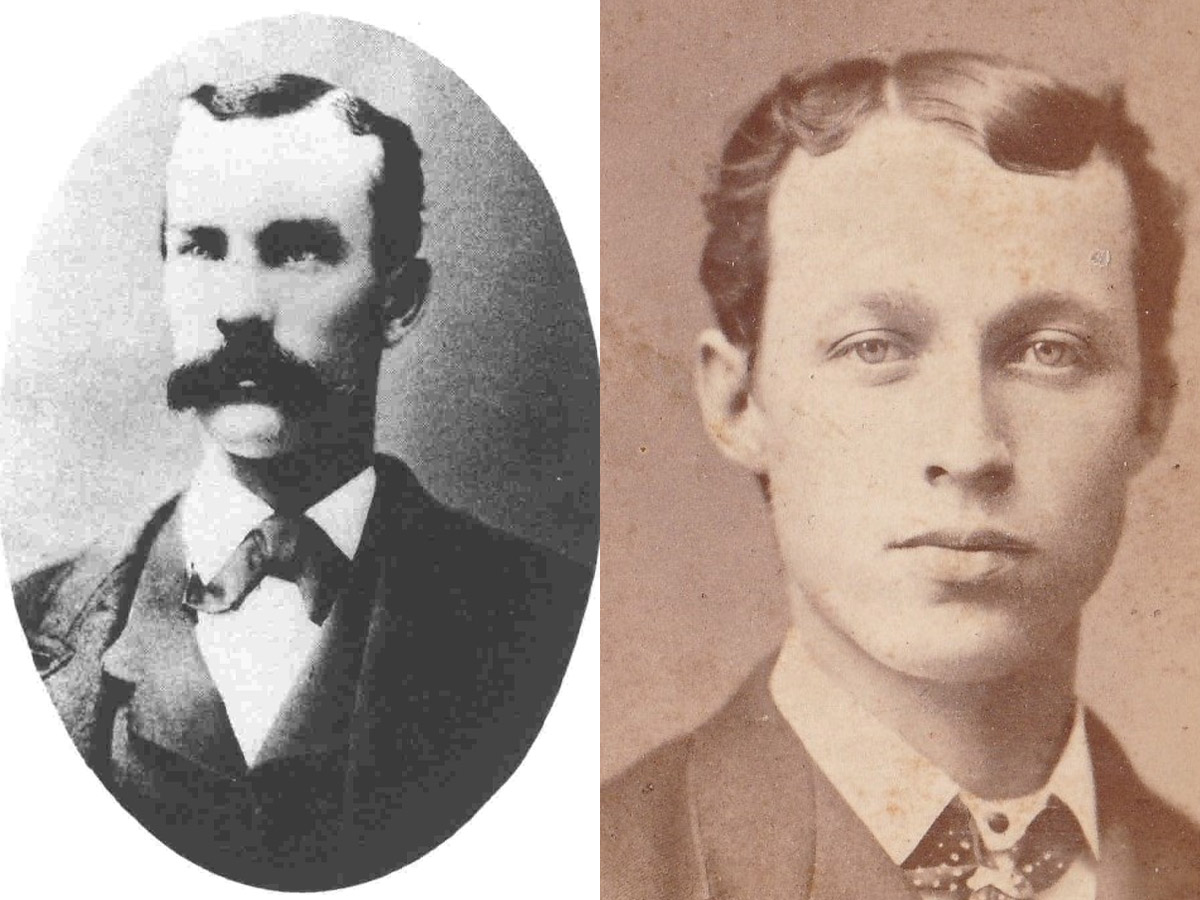
Johnny Ringo, born on May 3, 1850, carved out a notorious legacy as an American Old West outlaw. Known for his connection with the Cochise County Cowboys and a rumored rivalry with Doc Holliday, Ringo's life was steeped in the lore of gunfights and frontier justice.
Despite his reputation for being a deadly gunslinger, details of his life remain entwined with myth. His mysterious death on July 13, 1882, found wounded in Turkey Creek Canyon near Tombstone, Arizona, only added to his legend. Ringo's story continues to fascinate as a captivating chapter in the tales of the Wild West.
Ike Clanton

Ike Clanton, born around 1847, became a notable figure of the American Old West as part of the infamous Clanton gang, often referred to as "The Cowboys." His life was marked by tumultuous encounters with lawmen, most famously the Earp brothers, leading to the legendary Gunfight at the O.K. Corral in Tombstone, Arizona.
Despite surviving the shootout, Ike's reputation as a wanted man persisted. His end came on June 1, 1887, when he was killed in the White Mountains of Arizona while evading arrest. Ike Clanton's story remains a compelling chapter in the saga of the Wild West, embodying the era's lawlessness and conflict.
Wyatt Earp

Wyatt Earp's life straddled both sides of the law, making him one of the most intriguing figures of the American Wild West. As a lawman, he is best remembered for his role in the Gunfight at the O.K. Corral in Tombstone, Arizona, where he, alongside his brothers and Doc Holliday, faced off against the notorious Clanton gang.
However, Earp's life was not without controversy. Accusations and rumors often blurred the lines between heroism and outlawry, suggesting that Earp might have had his own run-ins with the law. This duality adds a fascinating layer to his legend, portraying him as a man who navigated through the complexities of frontier justice.
John Ashley

John Ashley, born on March 19, 1888, became one of Florida's most colorful outlaws during the early 20th century. Leading the notorious Ashley Gang, he dabbled in bank robberies, bootlegging, and even piracy across southern Florida between 1915 and 1924.
His criminal adventures, including the occasional pirate escapade, captivated the imagination of the public and law enforcement alike. Despite his outlaw status, Ashley's exploits have become part of the folklore of Florida, painting a picture of a time when the swamps and hideouts offered refuge to those living on the edge of the law.
James Ford

James Ford, flourishing along the Ohio River in the early 19th century, was a figure whose life was steeped in contradiction. By day, he was respected as a Kentucky civic leader, but by night, he led a secret life as a daring outlaw.
Ford and his gang targeted flatboats, keelboats, and rafts, preying on the valuable cargoes these vessels carried. This dual existence has cemented Ford's place in American folklore, offering a fascinating glimpse into the complex interplay between respectability and roguery in frontier America. His story is a captivating chapter in the history of piracy and outlaw life on America's inland waters
Jack Kennedy
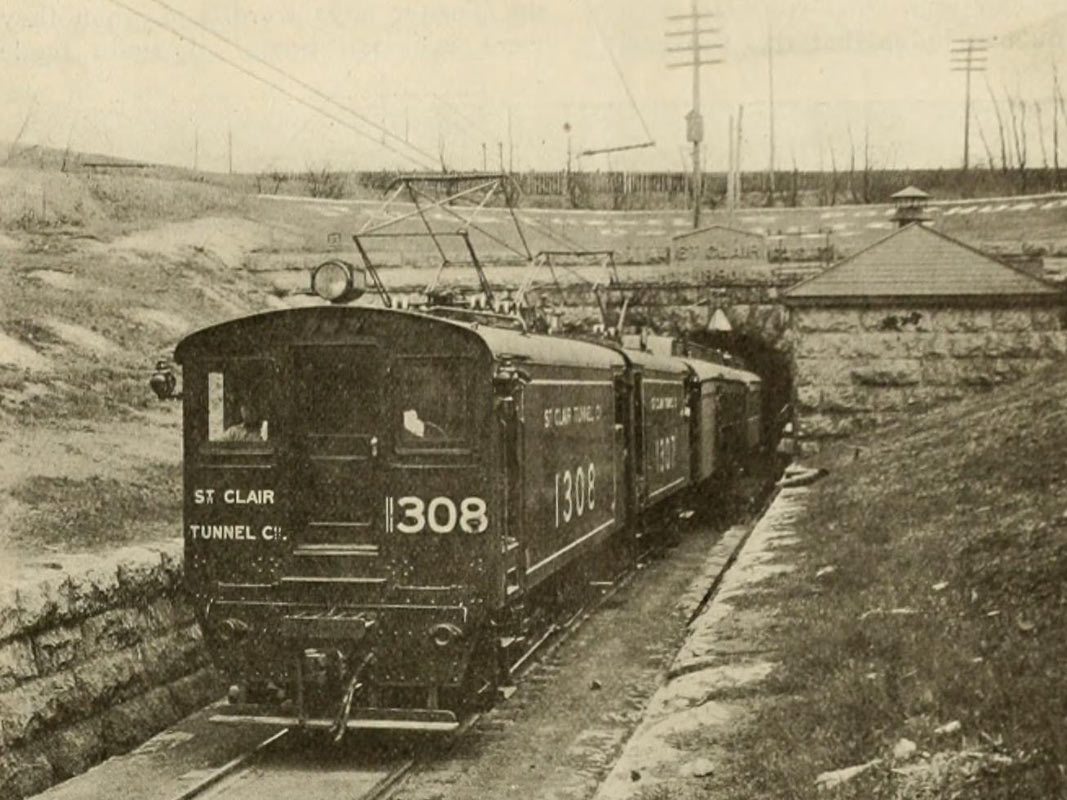
Jack Kennedy, not to be confused with the U.S. President of a similar name, etched his name into the annals of American outlaw history through his daring escapades in the late 19th and early 20th centuries. While details about his life may be less documented compared to other outlaws, Kennedy's reputation for bank robberies and train heists speaks to the era's tumultuous nature.
His ventures across the American West reflect the period's lawlessness, where tales of bravery and banditry often intertwined. Jack Kennedy's story, though shrouded in the mists of time, remains a testament to the wild spirit of America's past.
Queho

Queho, a figure shrouded in the mystique of Nevada's past, was a Native American outlaw whose life story has fascinated historians and enthusiasts alike. His name became synonymous with tales of renegade deeds and mysterious disappearances throughout the early 20th century. Many deaths were attributed to Queho, earning him a notorious reputation that has lingered in local lore.
However, the line between fact and fiction in his story is often blurred, leading some to ponder if he was truly the villain he was made out to be or simply a scapegoat for crimes of the era. Queho's legacy remains a captivating puzzle in the rich tapestry of American history.
James Copeland
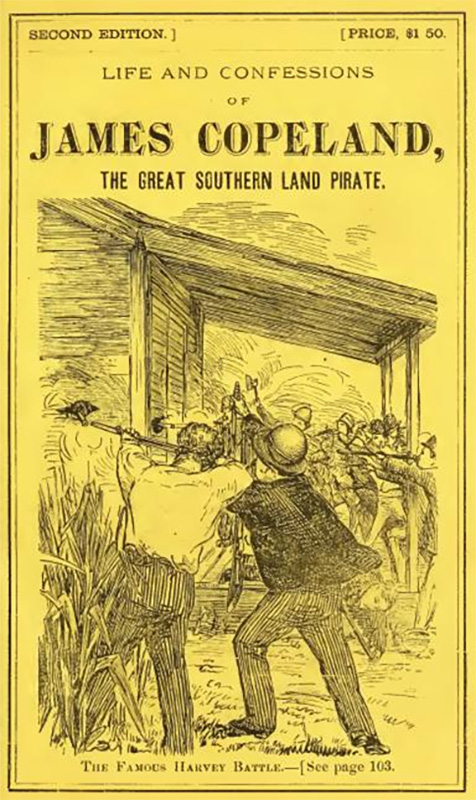
James Copeland, born in 1823, carved a niche for himself in the annals of American outlaw history with his daring exploits across the Southern United States. From the 1830s through the 1850s, he led a notorious gang that terrorized the region from Mobile Bay to Lake Pontchartrain.
Despite the infamy of other outlaws like Jesse James or Bonnie and Clyde, Copeland's legacy holds a unique place, particularly in Mississippi and Louisiana, where tales of his crimes and rumored hidden treasures continue to captivate. His life was a testament to the tumultuous era he lived in, leaving behind a story that's both fascinating and elusive.
 Author
Ron Winkler
Last Updated: April 05, 2025
Author
Ron Winkler
Last Updated: April 05, 2025